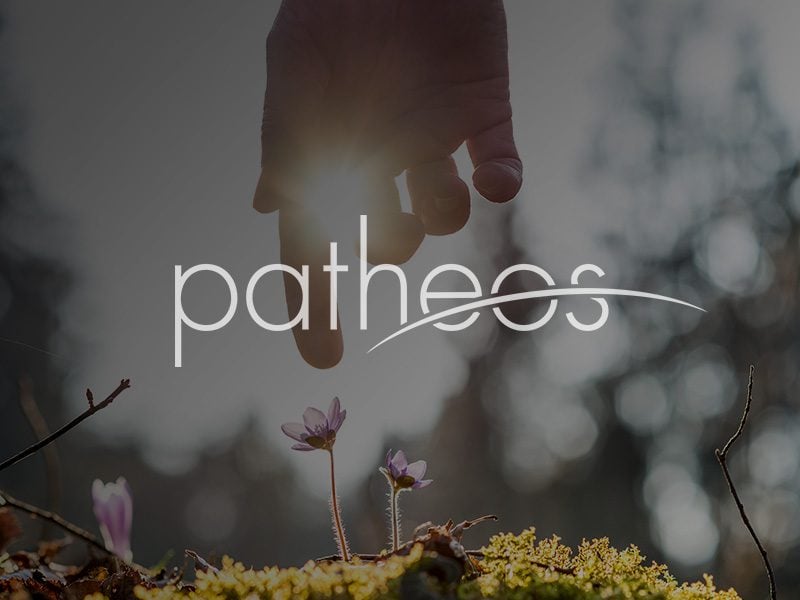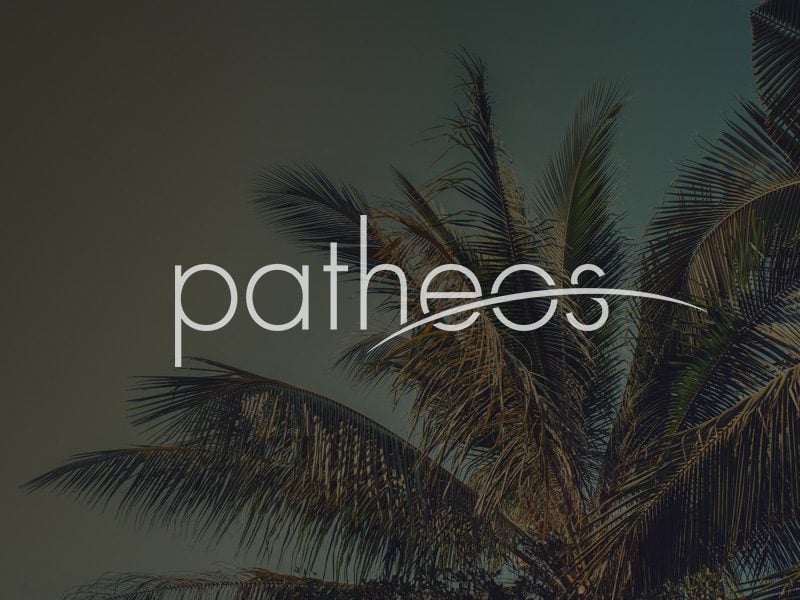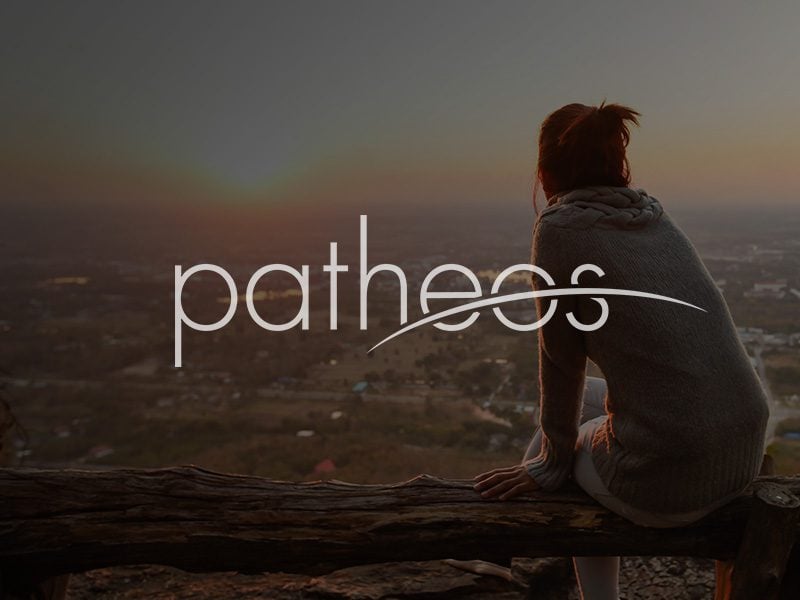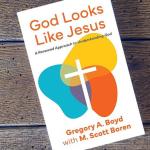A TLS essay review on recent books on Puritanism offers some helpful insights into that term and the movement it names. Recent work has so qualified and remolded “Puritan” that the term has been deemed all but useless, but the reviewed books indicate that a rehabilitation of the term (if not the Puritans themselves) is underway. It’s all a matter of identifying the central concerns of those called “Puritans.”
The author locates the differences between Puritan and non-Puritan Anglican, at least before Laud and the rise of Arminianism, less in doctrine than in liturgical or ritual theology: “the doctrinal distinction between Puritanism and mainstream Anglicanism was insignificant. There were, however, profoundly important liturgical differences. Puritans objected to the Anglican use of representation: the deployment of visual, auditory or aromatic imagery as an aid to worship. They argued that such sensually attractive signs would inevitably attract fetishistic adoration, thus obscuring rather than illuminating their spiritual referents. They also believed that other kinds of sign than the liturgical might be fetishized in this way, with equally disastrous consequences.”
This iconoclasm manifests itself in Puritan modes of reading:
“The struggle to make sense of verbal signs, in the absence of the immediate clues provided by the presence of a speaker, develops into a habitual quest for essential significance underlying sensory appearance. Reading thus becomes a continuous act of interior iconoclasm: a sacred duty, as well as an absolutely necessary means to understanding the true nature of creation.” Reading held out a promise of sanctification that visual images did not: “In contrast to reading, the contemplation of visual images was thought to train the mind in idolatrous habits, encouraging a focus on appearances and a neglect of underlying essences. Puritanism is based above all on an ethics of representation. We can best understand it as iconoclasm applied to the totality of existence, and committed iconoclasts would find themselves profoundly alienated in the postmodern society of the spectacle.”
Iconoclasm extended itself into the political and economic arenas: “They started to perceive monarchy as, in John Milton’s words, ‘a civil kinde of Idolatry.’ The death knell of Charles I sounded when people like Milton learned to transfer their theological iconoclasm onto secular politics. Iconoclasm also took forms that we would call ‘economic.’ Weber’s claims for an ideological complicity between Puritanism and capitalism have been called into question by the discovery of a copious anti-capitalist literature produced by ‘the hotter sort’ of Protestants. Throughout the late sixteenth and early seventeenth centuries, radical commentators insisted on the parallels between financial usury and liturgical idolatry. In The Ruinate Fall of the Pope Usurie, Derived from the Pope Idolatrie (1580), Nicholas Sander observed that coins loaned out at interest “ . . . be no where at al. For in one moment they were consumed and spent by him that borrowed them, and in place of them an Idoll is conceaved, which Idoll doth remain constantly, not any where in nature and truth, but in name and imagination. For it is feyned, that the ten crownes lie still in a certaine bancke, and there do begat little ones, which again have other little ones . . . See ye not this Idol, which the Devill hath consecrated in the world?” This kind of reasoning can aptly be called ‘Puritan,’ in whichever ‘field’ of life it is applied. But questions of how the ‘sphere of religion’ related to the ‘political’ or ‘economic’ sphere simply did not arise for early modern Puritans. Their distinguishing characteristic was their iconoclasm, and they applied it throughout the totality of their lives. It never occurred to them not to. Our understanding of early modern culture will benefit immeasurably once we grasp this basic difference between their society and ours.”
One of the books reviewed is about Milton, whom the author insists had little in common with the Puritans: “To his contemporaries, Milton seemed more of a cavalier than a Puritan.” And the author suggests that “Milton was above all a Baconian, and that his iconoclasm was directed primarily against Bacon’s secular idola, rather than the idols of popery.”











